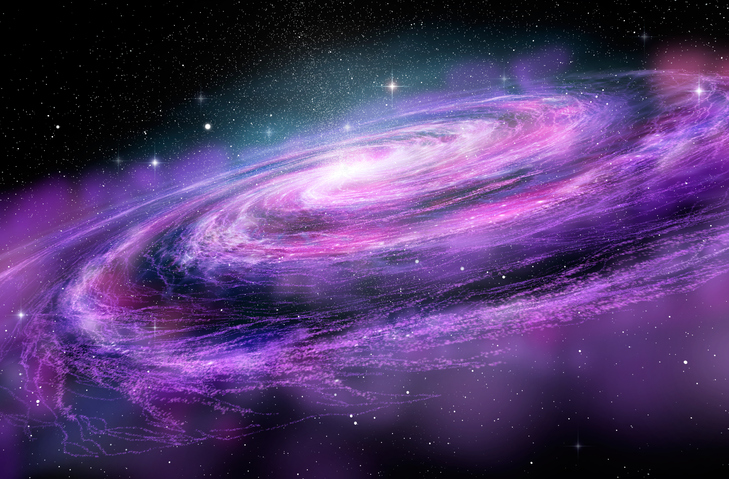Its mirror segments have not yet been lined up completely, but the telescope has released an image of an exciting star on Friday.
“We still have work to do, but we are increasingly pleased with the results we’re seeing,” said in the statement Lee Feinberg, optical telescope element manager for Webb at NASA’s Goddard Space Flight Center. “Years of planning and testing are paying dividends, and the team could not be more excited to see what the next few weeks and months bring.”
This image that was revealed is Webb’s first-ever “stacked” picture of the star HD 84406. The term “stacked” refers to the shape and processes the telescope uses to produce the image.

NASA’s engineers began with a process called Segment Alignment. This is when all 18 of Webb’s beryllium and gold-coated mirror segments are intently placed into alignment with one another.
The next step is called Image Stacking and is where the term “stacked” originated from. In this process, the engineers activated sets of six mirrors at a time and commanded them to repoint their light to overlap.
Once all these steps are done, NASA was able to produce an image of the faraway star by using Webb’s primary science instrument: the NIRCam.
The tool has just completed stages two and three of a seven-step process that intends to fully align the telescope’s mirrors and get all 18 segments working as one unit.
Each next phase of the Telescope will produce even more vivid images.

NASA’s James Webb Space Telescope is already bringing the desired results and scientists are excited about it.
Its mirror segments have not yet been lined up, but the telescope has released an image of an exciting star on Friday.
“We still have work to do, but we are increasingly pleased with the results we’re seeing,” said in the statement Lee Feinberg, optical telescope element manager for Webb at NASA’s Goddard Space Flight Center. “Years of planning and testing are paying dividends, and the team could not be more excited to see what the next few weeks and months bring.”
This image that was revealed is Webb’s first-ever “stacked” picture of the star HD 84406. The term “stacked” refers to the shape and processes the telescope uses to produce the image.
NASA’s engineers began with a process called Segment Alignment. This is when all 18 of Webb’s beryllium and gold-coated mirror segments are intently placed into alignment with one another.
The next step is called Image Stacking and is where the term “stacked” originated from. In this process, the engineers activated sets of six mirrors at a time and commanded them to repoint their light to overlap.
Once all these steps are done, NASA was able to produce an image of the faraway star by using Webb’s primary science instrument: the NIRCam.
The tool has just completed stages two and three of a seven-step process that intends to fully align the telescope’s mirrors and get all 18 segments working as one unit.
Each next phase of the Telescope will produce even more vivid images.


